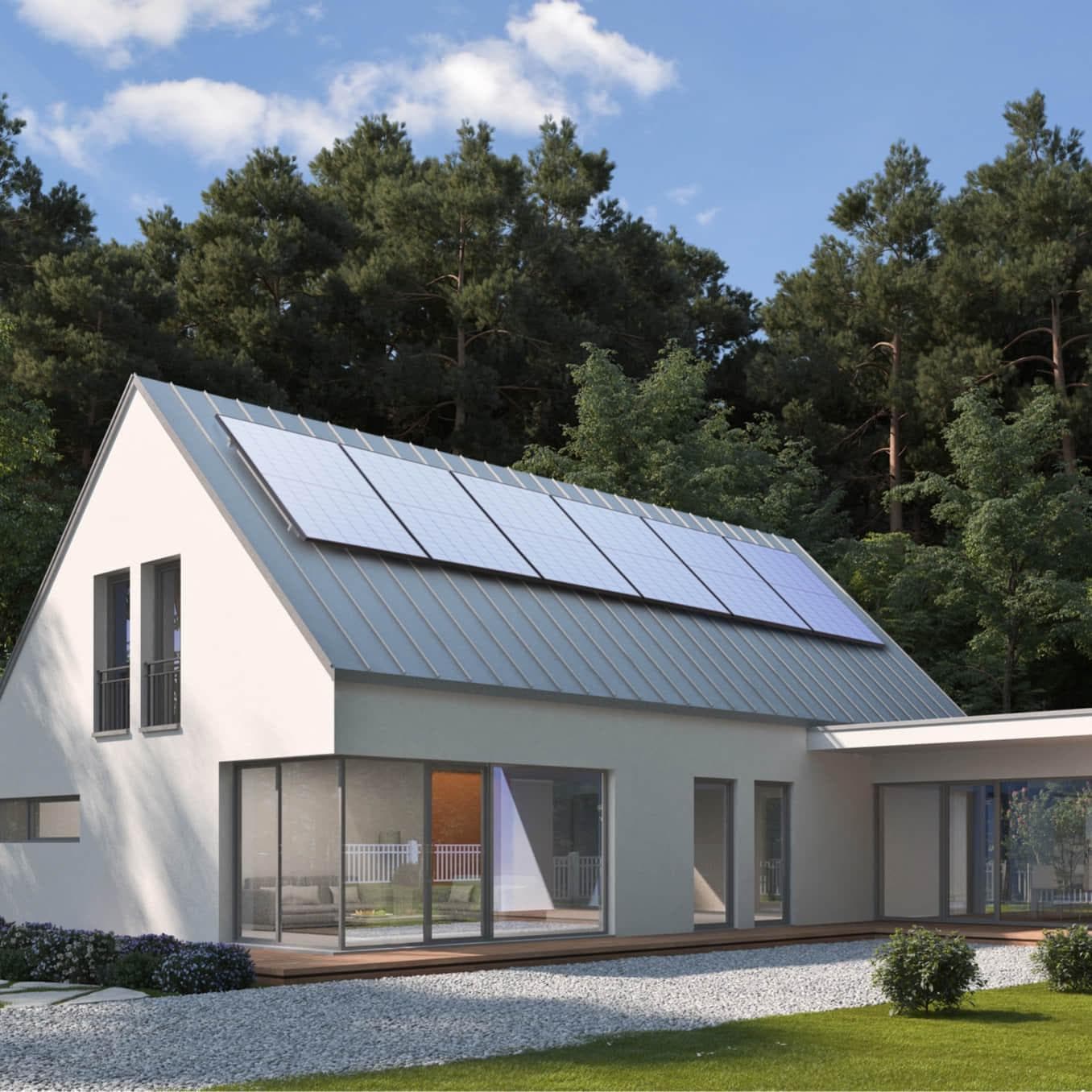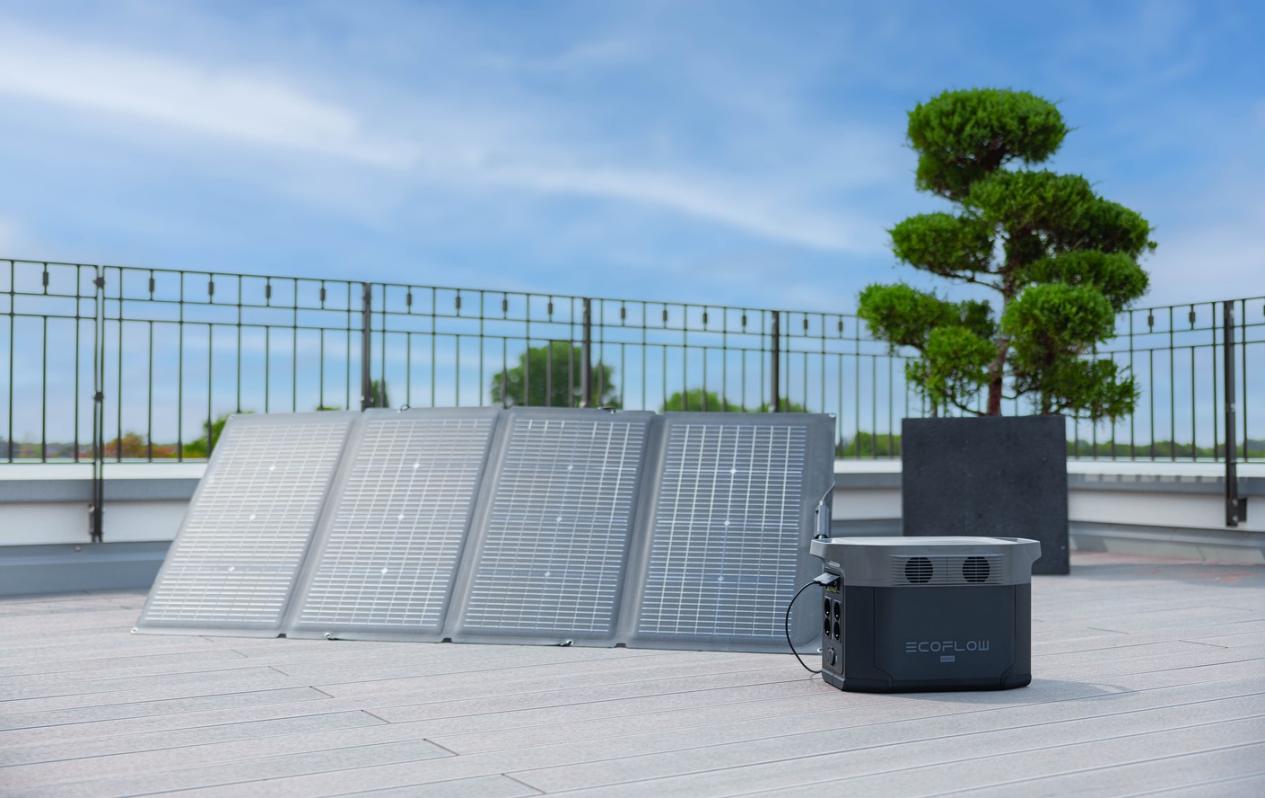Solar Panels vs. Solar Roofs: Which is Best for Your Home?
With the world still going gaga over renewable energy, solar has been one of the most popular choices among homeowners looking to eliminate fossil fuels. In the US, there are two prominent solar energy solutions: solar panels and solar roofs. Each one of them has a list of unique benefits, but choosing between them can be very tricky. We compare solar panels and solar roofs in terms of cost, energy efficiency, aesthetics, and other critical factors to help you make the right choice for your house.
Comparison Table:
| Feature | Solar Panels | Solar Roofs |
| Initial Cost | Lower installation cost | Higher installation cost |
| Energy Efficiency | High, subject to roof space | Maximized energy generation |
| Aesthetic Appeal | Traditional, can affect appearance | Seamless integration with roofline design |
| Durability | Lasts 25-30 years | Lasts 25-30 years |
| Installation | Needs professional installation | Needs professional installation |
| Maintenance | Low maintenance, periodic cleaning | Low maintenance, like solar panels |
| Energy Output | Dependent on roof space, number of panels | Built directly into roof for maximum space |
What Are Solar Panels?
Solar panels, or photovoltaic (PV) panels, are the most common technology installed for solar electricity in homes. The panels are made up of cells that convert sunlight into electricity. When sunlight hits the cells, it excites the electrons and forms an electric current strong enough to power your home.
EcoFlow offers portable solar panel options like NextGen 220W, 160W, 400W, and 125W bifacial models, which have high 22.6% to 25% conversion efficiency. The panels are IP68-rated, making them waterproof and durable, perfect for outdoor use. They range from $99 to $599, depending on the model, and can be used for a wide range of applications, from off-grid living and RVs to home backup and EV charging.
How Do They Install Solar Panels?
Installing solar panels is a pretty straightforward process. A professional installer will mount the panels on your roof and wire them to your house’s electrical system. A central inverter will transform the DC electricity from the panels into AC electricity that will power your house.
Advantages of Solar Panels
Affordable:
Solar panels are less expensive to install than solar roofs. The lower initial cost renders them an affordable option for homeowners.
Widely Available and Flexible:
With solar panels, you can enjoy flexibility in designing a system that suits your specific energy needs. Whether you have a large or small roof, there is a solar panel installation that can fit your home.
Easier Installation:
Unlike solar roofs, which are integrated directly into the roof, solar panels are mounted above your existing roof. This makes for faster and simpler installation.
Disadvantages of Solar Panels
Aesthetic Impact:
As solar panels are mounted above the roof, they're visible from the outside and can affect the outward look of your home.
Space Requirements:
Solar panels require an enormous surface area on your roof to generate sufficient energy. Homes with smaller roofs or roofs that receive heavy shading for most periods may find it less easy to meet their energy needs with solar panels alone.
What Are Solar Roofs?
Solar roofs, which are also known as solar shingles or solar tiles, are an amazing new way of generating solar energy directly from your roof. Solar roofing products are designed to look like normal shingles but are made of photovoltaic cells that convert sunlight into electricity.
How Do They Install Solar Roofs?
Solar roof installation is more complex than the installation of solar panels. The solar shingles are integrated into your roof, replacing standard shingles. This requires more skill and typically more time than installing solar panels.
Advantages of Solar Roofs
Aesthetic Integration:
Solar roofs possess one of the biggest benefits of being capable of blending into the general aesthetic of your home. Unlike solar panels, which are mounted over your roof, solar roofs become a part of your roof itself, allowing for a clean, integrated appearance.
Space-Efficient:
Solar roofs are ideal for homes with limited roof space. Because the solar shingles replace traditional shingles, they don't require additional space and use the entire roof area for energy generation.
Disadvantages of Solar Roofs
Higher Upfront Expense:
Solar roofs are much more expensive than solar panels, mainly due to the advanced technology and the complexity of the installation.
Less Flexibility:
Solar roofs, after being installed, are less flexible compared to solar panels. You can't just add more solar shingles when your energy needs increase over time.


Key Differences Between Solar Roofs and Solar Panels
Cost Comparison
Solar roofs tend to be much more expensive upfront than solar panels. Solar panels range from $10,000 to $30,000 (before incentives), depending on the size and energy needs of your home. Solar roofs, however, start at $50,000 or more. This is because of the advanced technology involved in solar roofs and the complexity of installation.
Aesthetic Impact
Perhaps the most noticeable difference between solar roofs and solar panels is the aesthetic impact. Solar panels are installed above your existing roof, so they can sometimes be seen from the street and may alter the appearance of your home. Solar roofs integrate into your roof and are much less noticeable, providing a streamlined and modern appearance.
Energy Efficiency and Output
Both solar roofs and solar panels can generate a significant amount of energy. Solar panels are based on the availability of roof space, while solar roofs take up the entire roof, maximizing energy generation. Solar roofs are ideal for homes with limited space as they use the entire roof surface area.
Maintenance Requirements
Both options are low-maintenance, with the only regular cleaning required being to brush off dirt and debris. Because solar roofs also serve as both your solar power system and roof, however, shingle damage can impact both energy generation and the roofing function. Solar panels also require very little maintenance and can be individually replaced if required.
Longevity
Solar panels and solar roofs both have a lifespan of 25 to 30 years. Despite the extended payback time of solar roofs because they are more expensive to install, they are worth it in the long run, both as a roofing material and as a solar power system. Of course, there are things you can do to extend the life of your solar panels and thus maximize your return on investment.


Which Is Best for Your Home?
In deciding between solar roofs and solar panels, remember the following:
Roof Type
Solar panels are versatile and can be installed on most types of roofs, including flat or pitched roofs. Solar roofs would be best for homes with newer, intact roofs that would easily be able to integrate the solar shingles.
Budget Considerations
If you have a tight budget, solar panels are likely your best bet. They provide a lower initial cost and a fantastic return on investment over the years. Solar roofs, as nice as they look, require a much larger initial cost.
Aesthetic Preferences
If you're concerned about the appearance of your home and want a smoother, more modern look, solar roofs are probably your best bet. They offer an impeccable integration into your roof's design. If appearance is less of a concern, solar panels offer an inexpensive, flexible alternative.
Energy Requirements
Consider your home's energy needs and whether you have a shaded or limited roof area. Solar roofs would be perfect in those instances since they maximize energy generation. Where you have ample roof space, solar panels offer more flexibility and personalization.
5 FAQs about Solar Panels And Solar Roofs
Q1. Can solar roofs replace traditional roofing?
A: Yes, solar roofs can replace traditional roofing materials. They serve as both the roofing material and the solar energy system, providing long-term energy generation while protecting your home from the elements. This makes them a compelling option for homeowners who want an integrated system.
Q2. How do I save with solar panels?
A: Homeowners can realize savings of $10,000 to $30,000 over 20 years with solar panels, based on the size of the system and their energy usage. Federal tax credits and local rebates can also serve to reduce the upfront cost.
Q3. What is the installation process of solar roofs?
A: Solar roof installation is more complex than solar panels. It is the process of replacing your existing roof with solar shingles that are integrated directly into the roof system. It is a more complex, time-consuming process, but results in a sleek, integrated roof system.
Q4. Do solar roofs last longer than solar panels?
A: Solar roofs and solar panels are both built to last around 25-30 years. Solar roofs are more durable because they also act as the primary roofing material. Solar panels, however, might be easier to repair or replace individually if needed.
Q5. Do solar panels work in cloudy areas?
A: Yes, solar panels can still generate electricity on cloudy days, but are less effective. Solar panels can collect indirect sunlight and still generate energy, but homes in cloudy areas may require a larger system or battery storage for optimum performance.
Conclusion: The Right Solar for Your Home
The choice between solar roofs and solar panels depends on your home's needs, budget, and personal preference. Solar panels are cost-effective, adaptable, and suitable for most homes, while solar roofs provide you with a sleek, integrated appearance for additional investment. Both provide long-term energy bill savings and environmental benefits, so they are both great options for homeowners looking to invest in renewable energy.